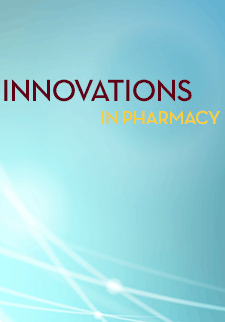Population Health Management during Student Pharmacist Introductory Experiential Education to Expand Clinical Pharmacist Impact
Dr. McConnell
William S. Middleton Memorial Veteran Affairs Hospital, Madison, WI
Dr. Mobley
VA Puget Sound Health Care System, Seattle, WA
Dr. Gidal
Zablocki Veterans Affairs Hospital, Milwaukee, WI
Michael Nagy
Medical College of Wisconsin School of Pharmacy
DOI: https://doi.org/10.24926/iip.v10i4.2231
Keywords: Population Health Management, Pharmacy Students, Pharmacy Education, Primary Health Care
Abstract
Objective: To evaluate the impact of incorporating pre-advanced pharmacy practice experience (pre-APPE) student pharmacists into three different population health management (PHM) projects.
Methods: The prospective quality improvement projects incorporated three third-year student pharmacists who developed and conducted individual PHM projects over the course of three to seven months. The projects included hypoglycemia screening, hepatitis C virus and human immunodeficiency virus screening, and statin use evaluations for atherosclerotic cardiovascular disease risk reduction. Under the guidance of a clinical pharmacist, students developed project materials, conducted patient chart reviews, and contacted patients to make interventions such as recommendations for therapy, ambulatory patient monitoring, patient education, and arranging provider follow-up. Student impact was evaluated through the number of patients screened, the number of eligible patients contacted, and the total number of interventions or recommendations made. Student time spent was tracked throughout the projects.
Results: Out of 244 patients screened, 198 patients met inclusion criteria and 162 patients were contacted or assessed by a student pharmacist. Students made a total of 319 interventions, including patient education (132), patient monitoring (132), pharmacotherapy recommendations (28), and arranging follow-up (27). On average students screened 33 patients per month, and, per patient, required 8.6 minutes for eligibility assessment and approximately 6 minutes for telephone interviews.
Conclusion: This report demonstrates that pre-APPE student pharmacists are well-equipped to design and implement PHM projects. Utilization of student pharmacists in similar PHM programs can expand the pharmacist’s impact on patient care in the ambulatory care setting.
Article Type: Original Research



